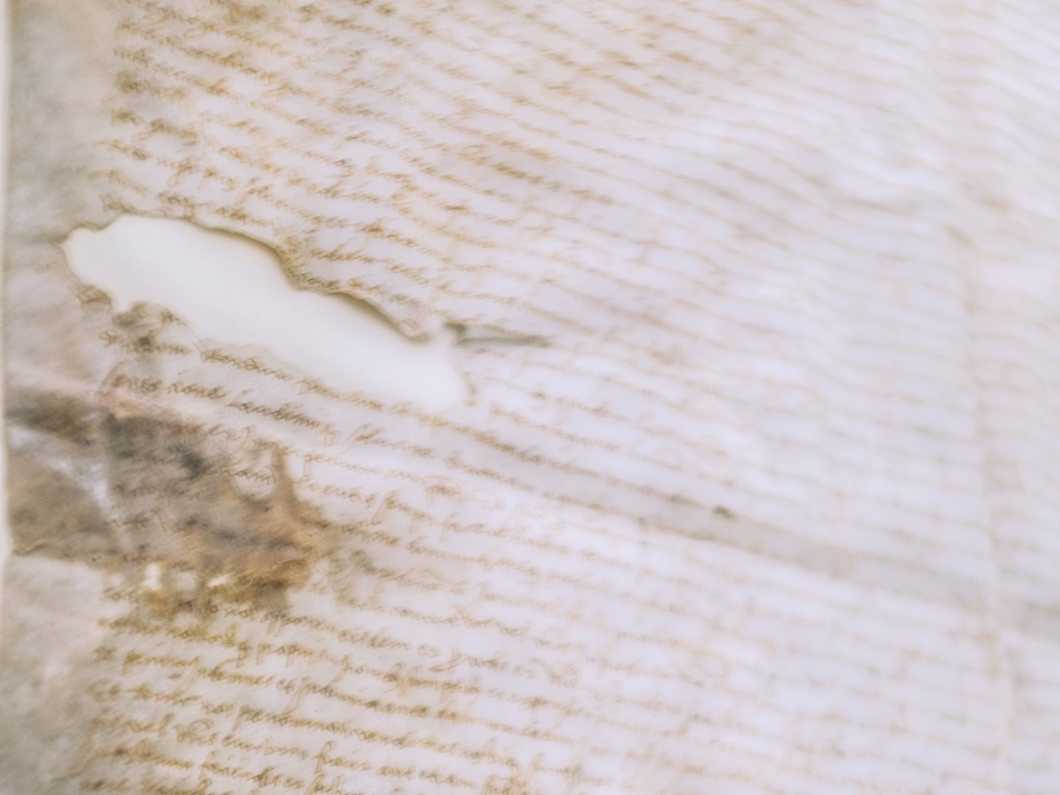Particle-induced X-ray emission (PIXE)
Particle-induced X-ray emission, also known as proton-induced X-ray emission (PIXE), is an analytical technique used to determine the elemental composition of a sample. PIXE is non-destructive and can be used to analyze various materials, such as geological samples, archaeological artifacts, thin films, and proteins.

- Fast turnaround times
- Personal service from method experts
- Competitive prices
- Result accuracy guarantee
What is PIXE used for?
PIXE can be used to analyze the elemental composition of geological samples, archeological specimens, thin films, and proteins. The method is often used in archaeology and art conservation for dating objects, as it is a non-destructive method and does not harm the artifact. MicroPIXE (X-ray emission with a micro-focused beam) is also used in protein analysis to determine the elemental composition of liquid and crystalline proteins.
PIXE can be combined with RBS measurements (Rutherford backscattering spectrometry) to help identify heavy elements. Due to their similar masses, heavy elements may have only small differences in RBS backscattered energies, making identifying different elements challenging. However, these elements might be seen in a PIXE spectrum, which helps determine the elemental composition.
How does PIXE work?
PIXE works by bombarding the sample with small ionic particles, such as H+ or He2+. The focused ion beam removes a low-energy electron from the atom's inner shell. To maintain stability, a higher energy electron fills the spots that the low energy electron left behind. During this process, excess energy is released from the atom in the form of an X-ray.
The X-rays are detected and their individual energies are recorded. The energies are independent of the excitation process but are characteristic of the different elements. The X-ray's specific energy indicates the atom's type and can therefore identify the elements present in the sample. By recording and combining data, this process can be used to accurately determine the sample's elemental composition.
X-ray analysis can also be combined with backscattering analysis. Backscattered ions are scattered elastically from the sample's atomic nuclei back to their original direction. The detected energy of the backscattered ions is dependent on the mass of the target nucleus and the depth of the scattering event. Hence, backscattering can also provide information about the depth of the elements.
What are the limitations of PIXE?
Typically, elements lighter than magnesium (atomic number 12) will not appear in a PIXE spectrum. For this reason, PIXE is generally more suitable for determining the concentrations of heavier metals rather than organic components.
Do you need a PIXE analysis?
Measurlabs offers high-quality PIXE analyses for delicate samples, handling even large batches of samples with efficiency and speed. Our experts are just a message away, ready to guide you from method selection to result interpretation with clarity and care. Contact us through the form below to get a quote and start the discussion.
Suitable sample matrices
- Thin films
- Geological samples
- Archaelogical specimens
- Artworks
- Proteins
- Bulk materials
Ideal uses of PIXE
- Determining the elemental composition of a material
- Dating artwork based on the elements present
- Analyzing archaeological artefacts based on their composition
Ask for an offer
Fill in the form, and we'll reply in one business day.
Have questions or need help? Email us at info@measurlabs.com or call our sales team.
Frequently asked questions
PIXE is used for determining the elemental composition of a sample in a non-destructive way.
Elements smaller than magnesium do not appear in a PIXE spectrum. PIXE is thus generally more suitable for determining the concentrations of heavier metals rather than organic components.
For example geological samples, archaeological specimens, artwork and thin films are suitable for PIXE-analysis.
Measurlabs offers a variety of laboratory analyses for product developers and quality managers. We perform some of the analyses in our own lab, but mostly we outsource them to carefully selected partner laboratories. This way we can send each sample to the lab that is best suited for the purpose, and offer high-quality analyses with more than a thousand different methods to our clients.
When you contact us through our contact form or by email, one of our specialists will take ownership of your case and answer your query. You get an offer with all the necessary details about the analysis, and can send your samples to the indicated address. We will then take care of sending your samples to the correct laboratories and write a clear report on the results for you.
Samples are usually delivered to our laboratory via courier. Contact us for further details before sending samples.